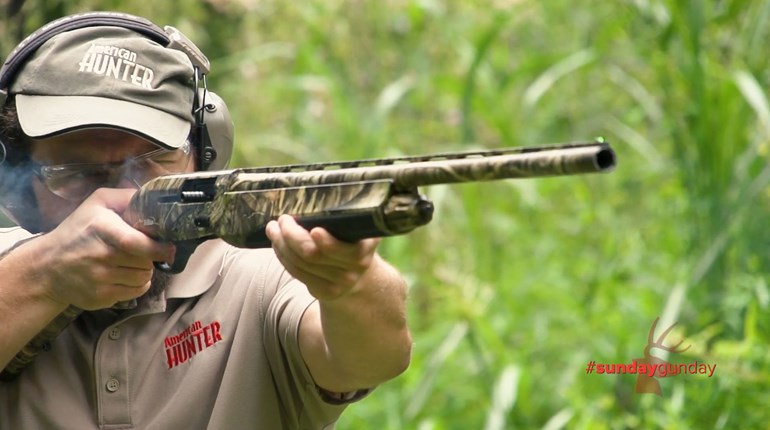
Any time you're getting out into the wilderness, your footwear should be among your top priorities. We tend to think of blistering as an extremely minor injury, but when you're more than a mile or two away from camp...it really isn't. Blisters don't just hurt; as they swell and burst they're opening up the top layers of your skin to infection. Since your body's circulation is naturally not quite as effective so far away from your heart, and because your feet are likely to get soaked in dirty water or other pathogen-carrying substances, the risk of infection is very real and dangerous. Care and conditioning of your feet, proper fitting boots and the proper socks are really essential to the outdoors person's well-being.
The most common cause of blisters is chafing from socks and boots which rub against the skin. This friction occurs when boots are too large or loosely laced, and if your socks are lumpy or wrinkled. That's why you should avoid wearing everyday socks for hiking or hunting. Most hunters wear two pairs of socks: thin, lightweight ones next to the feet and heavier socks over top. There are a variety of high-tech materials out there that will all serve well, but the one to avoid is cotton. Cotton socks will make your feet wet, clammy and uncomfortable after walking a long distance. Wool socks in particular are warm and absorbent, soaking up sweat while still insulating your feet against cold. The thickness of two pairs will act as a cushion between your boot and foot.
When you're putting on your socks, be sure to smooth them out. Remove all wrinkles or bunching at the toes and heels. When trying on boots, remember to wear your hiking socks. If two pairs of socks don't give a snug fit, try wearing a third pair. Loose boots cause blisters. You should lace them fairly snugly around your foot, but less tightly around the ankle. To do this, lace the boot firmly to the top of the instep and tie a reef knot here to hold the tension and prevent the laces from loosening. Then you can lace them from the instep to the top of your boot comfortably.
The weight of your boots is very important. Even a few ounces of extra weight carried for many miles can be equal to several hundred pounds of physical exertion. You do need your boots to be sturdy, but aim to keep that weight low if you can. Because hunters and serious backcountry hikers need boots that will last, most prefer leather boots between 8 and 10 inches high. Leather is sturdy yet supple, and eventually molds to the shape of your foot with wear. It's breathable, letting in air and carrying off heat. (Of course, there are lots of high-tech synthetic materials that perform similarly!)
You also need boots that will not slip and slide. Soles should be flexible and textured. For hunting in rain, light snow or in marshy areas, soles of heavy-gauge rubber can be an advantage.
When walking, twigs, burrs and stones can collect in your socks and boots, which of course is just one more blister waiting to happen (with the potential pathogens just waiting there on the surface of whatever sneaked into your boot). Every so often, take a moment to remove your shoes and socks and give them a good shake.
Boots purchased for hunting or heavy hiking should be a half-size larger than your regular shoe size to allow room for your socks, and for the minor amount of swelling that's normal during heavy activity.
If the weather is mild, moccasins make a great choice for boots, particularly if they're constructed of heavy moosehide. When wet, they'll dry overnight without stiffening...you'll be thanking yourself in the morning. Moccasins with cleated soles that can be worn over thin socks are also great for mild weather. They grip slick surfaces and are better for walking on rocky or uneven terrain than moosehide moccasins.
Here's to a blister-free 2023!







































